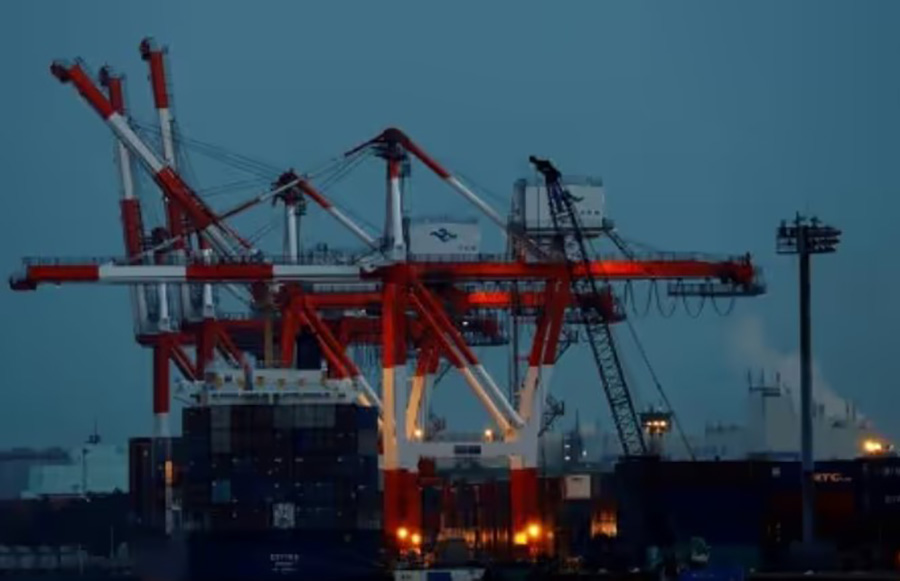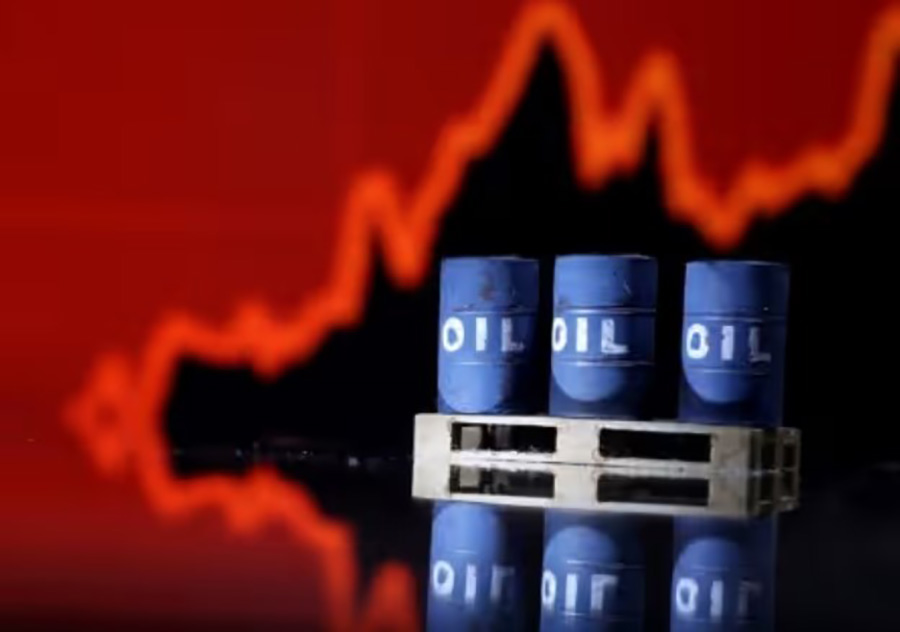TOKYO- Japan’s current account surplus more than doubled year-on-year in May, in a fourth straight month of gains, as the country’s trade deficit narrowed and income gains from its overseas investment expanded, Ministry of Finance data showed on Monday.
The current account surplus reached 1.86 trillion yen ($13.08 billion) in May, compared with 773 billion yen in the same month a year earlier and just short of economists’ median forecast for a surplus of 1.88 trillion yen in a Reuters poll.
A breakdown of the data showed the trade deficit narrowed to 1.2 trillion yen from 1.8 trillion yen in May 2022, a ministry official said.
The primary income surplus hit 3.6 trillion yen, up from 3.1 trillion yen in the same month a year earlier, resulting in an overall surplus for a fourth straight month.
Dividend payments from overseas business affiliates in sectors such as automobiles and interest payments from securities investments helped drive up income gains.
Over the past year, the current account data has highlighted the pain that high energy costs and a weak yen have inflicted on the world’s third biggest economy, which relies heavily on imports of fuel and raw materials.
Japan’s position as an export powerhouse has also waned in recent years, in part because companies have moved production overseas, making overseas investment a pillar of the country’s earning power.
Japan’s exports grew unexpectedly in May on robust car sales, though the rate of expansion slowed to a crawl as inflation and rising interest rates bit into global demand, highlighting a patchy recovery in the world’s third-largest economy.
While the country’s hotels, restaurants and other service sector companies have seen a boom in business since COVID curbs were eased, its factories have been struggling amid weakening demand for cyclical items such as chip-making machines.
Ministry of Finance data showed on Thursday that exports rose 0.6 percent year-on-year in May, for the 27th straight month of rises, led by 66 percent growth in car shipments.
The overall exports growth was the slowest since February 2021, but the outcome beat a 0.8 percent year-on-year decrease expected by 16 economists in a Reuters poll, and followed a 2.6 percent rise in April.
Separate government machinery orders data, also released Thursday, underlined the struggles faced by manufacturers though the overall numbers suggested the services sector is providing some cushion to the economy.
Core machinery orders rose 5.5 percent in April from the previous month, the first increase in three months and above the median forecast for a 3.0 percent gain. While orders from manufacturers were down 3.0 percent, an 11.0. percent growth in service-sector demand for items such as computers drove up the headline figure.
On a year-on-year basis, core orders, a highly volatile data series regarded as a leading indicator of capital spending in the coming six to nine months, fell 5.9 percent, versus a forecast for a decline of 8.0 percent, the Cabinet Office data showed. – Reuters





